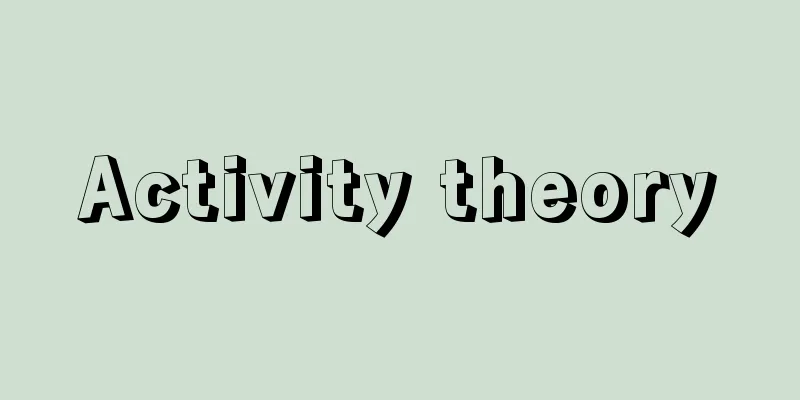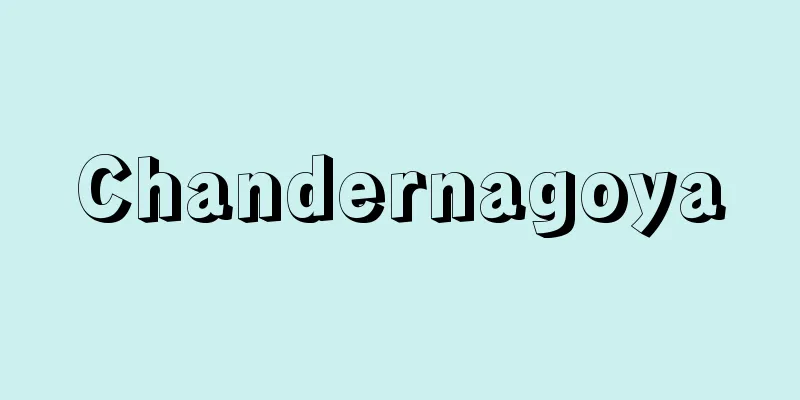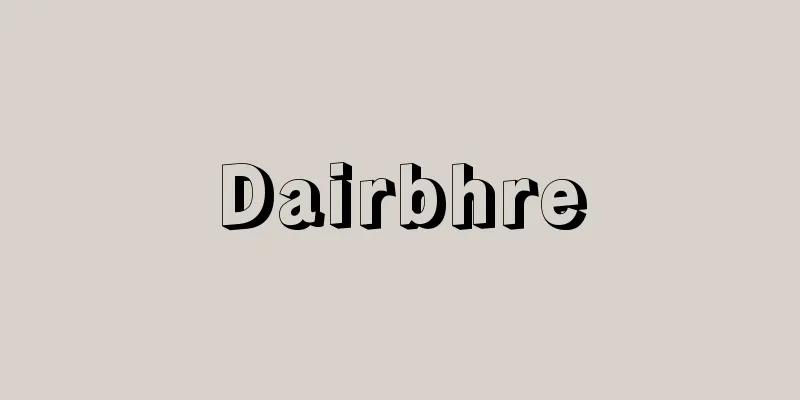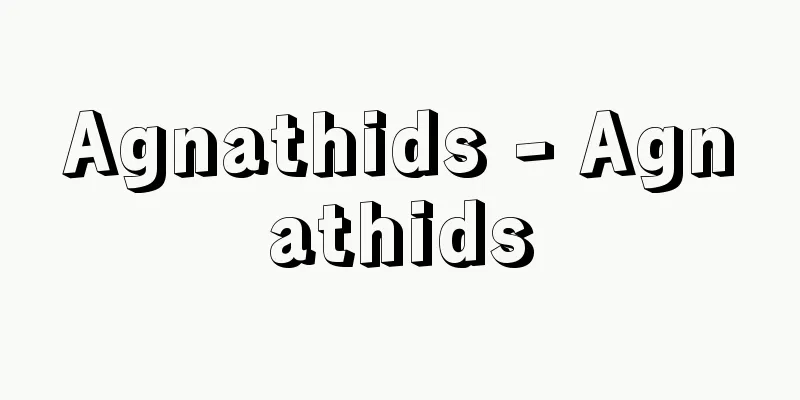Activity theory

|
It is a psychological theory based on Marxism and has activity (human activity in relation to the outside world) as its core concept. [Origin of activity theory] The origin of activity theory can be found in the cultural-historical school of Vygotsky, LS, Luria, AR, and Leontiev, AN, which was established in the Soviet Union after the Russian Revolution of 1917. These three people are called the Troika of the cultural-historical school, but this group is also called the Vygotskian school after the eldest member, Vygotsky. It is a kind of revolutionary child that was born from various ideological trends after the Russian Revolution. For that reason, it has a strong color as a theory that aims to integrate Marxism and psychology. Activity is a word that expresses the material metabolism between humans and nature, that is, the aspect in which humans act on nature and nature acts on humans as a reaction. This is a view of humans that is the polar opposite of behaviorist psychology, which was at the height of its popularity at the time, which emphasized the aspect of humans being passively influenced by stimuli from the external environment, and is significant in that it emphasized humans' activeness in the external world. From this perspective, activity theory places emphasis on the aspect that psychological processes unfold on the dimension of activity. As such, activity theory is a broad theory that applies to psychology in general, but as a theory that draws on social constructivism, it has also influenced the development of educational psychology in areas such as classroom discourse analysis and transactional learning. Activity theory changed with the debate between BF Lomov and Leontiev. Lomov criticized the one-sided approach of focusing only on the relationship between humans and the outside world, which had been characteristic of psychology up until that point, and emphasized the need to emphasize the relationship between humans, that is, the communication aspect. In most cases of daily life, we humans do not act alone or in isolation, but in cooperation with others. The psychological processes that arise in this way inevitably involve the aspect of cooperation with others. Vygotsky also originally believed that there were two aspects to human cultural behavior, namely the aspect between humans and nature (activity) and the aspect between humans and humans (communication), and Leontiev also believed that the connection between humans and the world is mediated by communication with other people. However, in the early stages of activity theory, the communication aspect was somewhat overlooked, so the spotlight on communication brought about a new expansion in the development of activity theory thereafter. This is because by incorporating communication in addition to activity, it makes it possible to establish an organization or group called a community as the basis on which psychological processes are formed. [Development of Activity Theory] In the United States, Vygotskian psychology had been attracting attention from JS Bruner and others, but the Neo-Vygotskian school was established by JV Wertsch and M. Cole, who studied in the Soviet Union. Wertsch developed Vygotskian psychology with a particular focus on communication. In this work, he pursued dialogue-based lessons as a way of weaving together scientific concepts and life concepts, and dialogue as a device for generating new thoughts. Cole also studied how learning takes place in a community consisting of activity and communication. He clarified that an individual's learning activities do not simply take place in the individual's head, but are also determined by the nature of the learning group surrounding the individual, the management policy of the learning facility, the social and cultural environment of the area where the facility is located, and more broadly, the social and educational policies and economic conditions of the region or country. This is expressed as the "culture as a garden" model. Rogoff, B., who also belongs to the American Neo-Vygotskian school, advocates a community-based (participatory) learning model. As with Cole, he clarified that individual learning activities are carried out in groups at three levels: the organizational level, the level between individuals, and the individual level. These are apprenticeship, guided participation, and appropriation (making someone else's property your own). Furthermore, the concept of legitimate peripheral participation by the Americans Lave, J. and Wenger, E. (1991) is also important, as it clarifies that the existence of a society called a community is essential for humans to grow into a full-fledged adult from birth. The educational method revealed by legitimate peripheral participation depicts a process in which a person starts out doing simple and unimportant work, gradually moves on to more important work, and finally grows into a full-fledged worker who can do everything on his or her own. At the same time, this process is also a process of growing as a person into a full-fledged adult. In Finland, Engeström, Y., has attracted attention. Northern Europe has long been a region strongly influenced by activity theory, and Engeström, who calls himself a disciple of Leontief, has proposed a model that strongly resembles the prototype of activity theory. Engeström's model is an extension of Vygotsky's SXR diagram, which inserts symbols as intermediary terms into the SR theory diagram of stimulus and response, and states that humans act on external stimuli through these symbols. By inserting tools and communities as intermediary terms, he can be said to have presented a model that can explain the problems of humans who live and work in a capitalist society. Furthermore, I would like to point out the relationship between the Piagetian school (Geneva school) and activity theory. Some members of the Piagetian school have attempted to integrate Vygotsky's concept of the zone of proximal development with Piaget's theory of intellectual development. For example, Perret-Clermon, AN (1980) clarified that what Piaget called "preservation" can be acquired by children who had not previously acquired it through communication. Regarding the theme of integrating the Piagetian school, activity theory, and Vygotskian school, Chapman, M.'s (1991) ternary model of cognition cannot be overlooked. He believed that the transition from the preoperational stage to the concrete operational stage of intellectual development occurs when a ternary schema consisting of the relationship between the active subject and the object of knowledge (operational interaction) and the relationship between the active subject and the interlocutor (communicative interaction) is formed within a child at around 7 to 8 years of age. As mentioned above, activity theory, which was born in the Soviet Union at the beginning of the 20th century, has expanded to the Western world by adding the dimension of communication in addition to the dimension of activity, and has even expanded to include American cognitive psychology and the Piaget school. → Classroom discourse analysis → Interactive learning [Kenichiro Takatori] Latest Sources Psychology Encyclopedia Latest Psychology Encyclopedia About Information |
|
マルクス主義を基礎に,活動(外部世界に対する人間の能動性)を中核概念に据えた心理学理論の一つである。 【活動理論の発生】 活動理論の源流は,1917年のロシア革命後に成立したソ連のビゴツキーVygotsky,L.S.,ルリヤLuria,A.R.,レオンチェフLeontiev,A.N.などの文化歴史学派に求められる。この3名は,文化歴史学派のトロイカとよばれているが,最年長者であったビゴツキーの名前を冠してこのグループをビゴツキー学派ともよぶ。ロシア革命後のさまざまな思想潮流の中から生まれたいわば革命の落とし子でもある。そのために,マルクス主義と心理学の統合をめざした理論という色彩が濃い。活動activityとは人間と自然との間の物質代謝,すなわち,人間が自然に対して働きかけ,その反作用として自然から人間が働きかけられるという側面を表わしたことばである。これは当時隆盛を極めていた行動主義心理学が,人間が外部環境からの刺激により受動的に影響されるという側面を強調していたのと対極をなす人間観であり,人間の外部世界に対する能動性を強調したことに意味がある。このような視点から,活動理論は活動の次元上で心理過程が展開するという側面に重心をおいた。このように,活動理論は心理学全般に関わる射程の広い理論であるが,社会構成主義の流れを汲む理論として,教室談話分析や交流型学習などの領域で,教育心理学の展開にも影響を与えている。 活動理論はロモフLomov,B.F.とレオンチェフとの論争を契機に変化する。ロモフは,それまでの心理学に特徴的であった人間と外部世界の関係のみに注目するという立場を一面的であると批判して,人間と人間の関係,すなわちコミュニケーションの側面も重視する必要性を強調した。われわれ人間は,日常生活のほとんどの場合において単独で,孤立して活動しているのではなくて,他者との協同の中で活動している。その中で生ずる心理過程も他者との協同という側面が必然的に入り込まざるをえない。もともとビゴツキーも,人間の文化的行動様式には二つの側面,すなわち人間と自然との側面(活動)と人間と人間との側面(コミュニケーション)があると考えていたし,レオンチェフも人間と世界との結びつきはほかの人びととのコミュニケーションにより媒介されると考えていた。しかし初期の段階では,このコミュニケーションの側面がややもすれば軽視されていた活動理論において,コミュニケーションにスポットライトが当てられたことは以後の活動理論の展開に新たな広がりをもたらすことになった。なぜなら,活動に加えてコミュニケーションを織り込むことにより,共同体communityという組織や集団を心理過程が形成される基盤として据えつけることを可能にしたからである。 【活動理論の展開】 アメリカでは,以前からブルーナーBruner,J.S.らによって,ビゴツキー学派の心理学は注目されていたが,ソ連に留学したワーチWertsch,J.V.やコールCole,M.らによって新ビゴツキー学派が成立する。ワーチはとくにコミュニケーションの側面に注目してビゴツキー学派の心理学を新たに展開した。その中では,科学的概念と生活的概念の織り合わせとしての対話型授業とか,新たな思考の発生装置としての対話などが追究された。また,コールは活動とコミュニケーションからなる共同体の中で学習が行なわれる様子を研究した。個人の学習活動が単に個人の頭の中だけで行なわれるのではなく,その個人を取り巻く学習集団のあり方とか,学習施設の経営方針,その所在地の地域の社会的・風土的環境,さらに大きくはその地方あるいは国の社会的あり方や教育政策,経済状態などによって,個人の学習活動も規定されていることを明らかにした。それは,「庭としての文化」モデルとして表わされている。同じくアメリカの新ビゴツキー学派に属するロゴフRogoff,B.は共同体型(参加型)学習モデルを提唱している。コールの場合と同様に個人の学習活動は集団のなかで営まれることを,組織のレベル,個人と個人の間のレベル,個人のレベルの3水準ごとに明らかにした。それは,徒弟制度,導かれながらの参加,アプロプリエイション(他人の所有物を自分のものにすること)である。 さらに,アメリカのレイブLave,J.とウェンガーWenger,E.(1991)の正統的周辺参加legitimate peripheral participationという概念も重要である。人間が生まれてから一人前のおとなになるためには共同体という社会の存在が必須であることを明らかにしたからである。正統的周辺参加が明らかにした教育法は,初めは簡単なあまり重要でない仕事から,徐々に重要な仕事へと移行していって最終的には一人ですべてをこなすことが可能な一人前の労働者として成長していくプロセスを描いているのであるが,同時にそのプロセスは一人前のおとなとして人格的にも成長していくプロセスでもある。 フィンランドでは,エンゲストロームEngestrom,Y.が注目される。北欧は以前から活動理論の影響の強い地域であったが,なかでもエンゲストロームはレオンチェフの弟子を自任するだけあって,活動理論の原型を強く感じさせるモデルを提唱している。エンゲストロームのモデルは,もともとビゴツキーが刺激と反応のS-R理論図式へ媒介項として記号を挿入して,その記号を媒介として人間は外部刺激へと働きかけるとしたS-X-R図式を拡張したものである。彼は,媒介項として道具と共同体を挿入することによって資本主義社会に生活し労働する人間の問題を説明しうるモデルを提出したといえる。 さらに,ピアジェ学派(ジュネーブ学派)と活動理論とのかかわりも指摘しておきたい。ピアジェ学派の一部の人たちは,ビゴツキーの発達の最近接領域という概念と,ピアジェの知能の発達論を統合する試みを行なってきた。たとえば,ペレ・クレルモンPerret-Clermon,A.N.(1980)はピアジェのいうところの「保存」が,コミュニケーションを介することによって,それまで獲得されていなかった児童に獲得されることを明らかにした。このようなピアジェ学派と活動理論,ビゴツキー学派の統合というテーマに関して,チャプマンChapman,M.(1991)の認識の三項関係モデルを見落とすわけにはいかない。彼は,能動的主体と知識の対象との関係(操作的相互作用)と能動的主体と対話者との関係(コミュニケーション的相互作用)という三項図式が7~8歳ころに子どもの内面に形成されることにより,知能の発達段階の前操作期から具体的操作期への移行が行なわれると考えたのである。以上のように,ソ連で20世紀の初めに誕生した活動理論は,活動の次元に加えてコミュニケーションの次元を設定することによって,西側世界へと展開,さらにアメリカの認知心理学やピアジェ学派までも包含する広がりを見せている。 →教室談話分析 →交流型学習 〔高取 憲一郎〕 出典 最新 心理学事典最新 心理学事典について 情報 |
<<: Cut-off high pressure - Cut-off high pressure
Recommend
Llorona (English spelling)
A legendary woman found in Mexico, Spanish America...
Stone hearth - Ishigakoiro
...In the early period, it became common to have ...
Garrod, DAE (English spelling) GarrodDAE
…Not only are they the most important Paleolithic...
Afelkamp, B. - Afelkamp
…Dutch landscape painter. Born in Amsterdam, he s...
"Kaizou Bunko" - Kaizo Bunko
...Commentators Miyamoto Kenji, Kobayashi Hideo, ...
Armpit temperature measurement
… [Human body temperature] Body temperature is me...
Opinion leader
A person who exerts interpersonal influence on the...
Rikubetsu [town] - Rikubetsu
A town in Ashoro County, eastern Hokkaido. Occupie...
Stonework - Ishitsukuri
...a craftsman who cuts stone (quarries), process...
Mold raising - Katao-koshi
…Using a potter's wheel, the centrifugal forc...
Plasma emission method
This is an analytical method in which rare gas ele...
Thread mark - Itoin
A copper seal was affixed to each jin (600 grams)...
Syrphidae
…It can also refer loosely to flies and horseflie...
Climate classification - climatic classification
There are climates all over the world with differ...
Silver plate - Ginban
...a method of increasing the sensitivity of phot...









